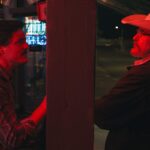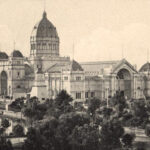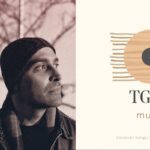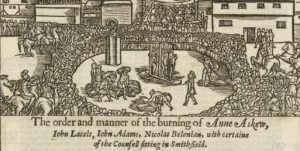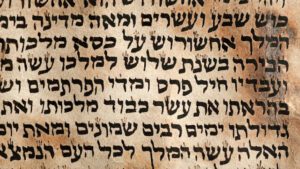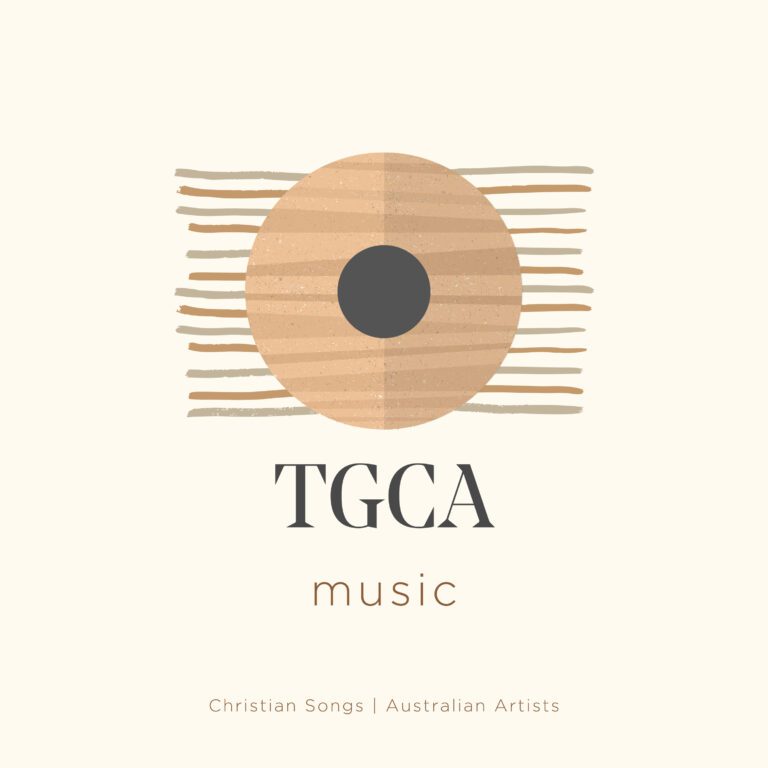This extended interview is in two parts. First, Mikey discusses general principles with Greg about congregational songwriting, personal songwriting and the place of art and beauty in the Christian life. Second, Greg breaks down the composition and recording of one song—’The Same God’—in detail, drawing out general songwriting principles along the way.
Time Stamps
Part 1: Discussion About Songwriting and Art
1:40: Songwriting for church compared to songwriting for self-expression.
6:23: Why might a Christian spend time on personal songwriting?
8:06: The place of beauty and creativity in the everyday Christian life.
9:21: The value of Christian music outside of congregational singing.
11:39: The consolation of art in times of suffering.
13:12: A Christian musician or an artist who happens to be a Christian?
16:13: The legitimacy of making art part time or in your spare time.
19:17: It is healthy to have some structure in your life outside of music.
21:13: A word of encouragement to Christian artists.
26:25: The courage of your convictions vs imposter syndrome.
28:09: Art doesn’t have an easy career pathway and the industry keeps changing.
Part 2: The Making of ‘The Same God’
(from 30:26)
Section A: Composition
31:10: The initial idea for the song.
32:32: Early demos: verse and chorus.
35:00: Theme of lyrics—“In any other time…”
36:00: Change in rhythm.
36:36: Six months of iterations.
38:30: Preserve ‘bad ideas’ which may be useful for another song.
38:52: Drawing inspiration from other people’s songs.
40:04: Structure: three verses before chorus.
40:27: Structure: pre-chorus.
42:45: “Don’t bore us, get to the chorus.”
44:18: Structure: the function of the bridge.
45:35: Structure: final line.
46:46: The bridge originally a different song by Luke Woodhouse.
48:37: The bridge modulates to a different key.
50:50: Song structure moves from dark to hopeful.
51:30: “Don’t give up, don’t give in”—perseverance in the Christian life.
52:42: Take your time.
52:54: Different types of collaboration.
54:09: The value of writing congregational songs collaboratively.
Section B: Recording
55:40: Steps from composition to recording.
56:28: The value of recording with other musicians.
57:08: The sense of occasion of recording day.
57:27: Funding recording an EP or album.
58:43: Trusting the instincts of those you work with.
59:55: Process—Writing, Demoing, Pre-production, Recording, Mixing, Mastering.
1:02:50: Sending demos and reference tracks to other musicians.
1:03:05: Keith Urban, The Speed of Now.
1:03:45: “Do what serves the song”—welcome suggestions and questions from other musicians.
1:05:00: Recording; record guide track and adding backing loop.
1:06:00 Record bass and drumming for 1 or 2 days.
1:07:44: Record acoustic and rhythm electric guitars.
1:08:10: Record across sound spectrum—bottom, mid and high.
1:08:30: High electric guitar part—recorded at home afterwards.
1:09:17: Guitar solo.
1:09:45: Backing vocals added.
1:10:50: Synth and piano added.
1:11:12: “Room to breathe”—being willing to take stuff out.
1:11:50: Acoustic version and live version of the song after recording.
1:16:34: ‘The Same God’ full final EP version.
Greg Cooper is a songwriter and speaker who is passionate about music’s ability to open up our minds and hearts, and to bring comfort. His latest EP South of the River was released in late 2022, reflecting on the difficult pandemic years and the stories of hope that emerged in adversity.
Having recently served as Music & Gatherings Pastor at St Jude’s Carlton (and similar roles in Sydney), Greg is currently completing theological study at Ridley College and loves attending City on a Hill in the heart of Melbourne. He was a member of worship band Garage Hymnal and has written extensively for churches, with songs such as ‘Hear Our Prayer’ being sung at churches across the nation.
Having previously worked as a lawyer in areas of social justice, Greg also enjoys sharing of the life-transforming work of Compassion with churches throughout Australia.

